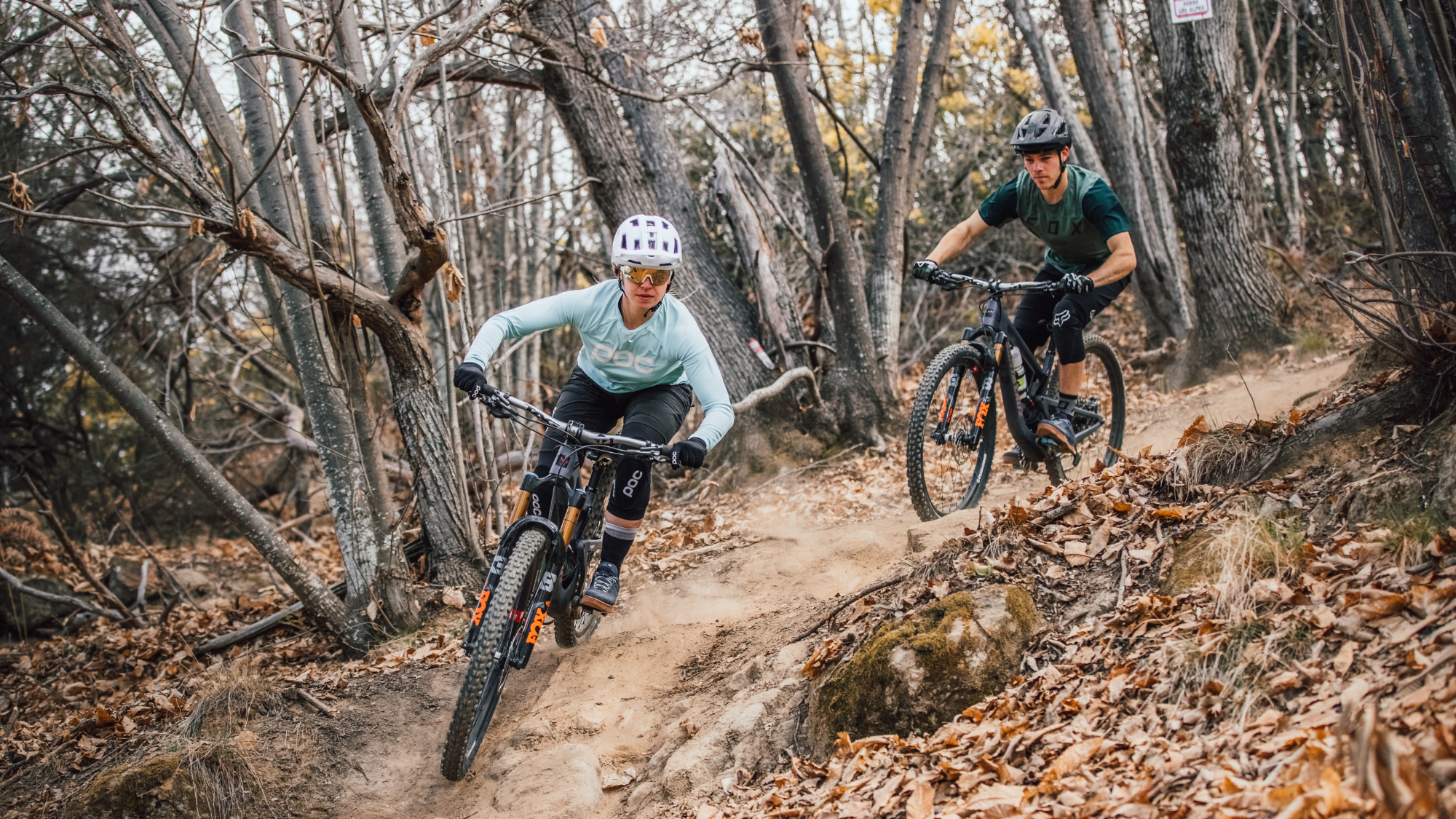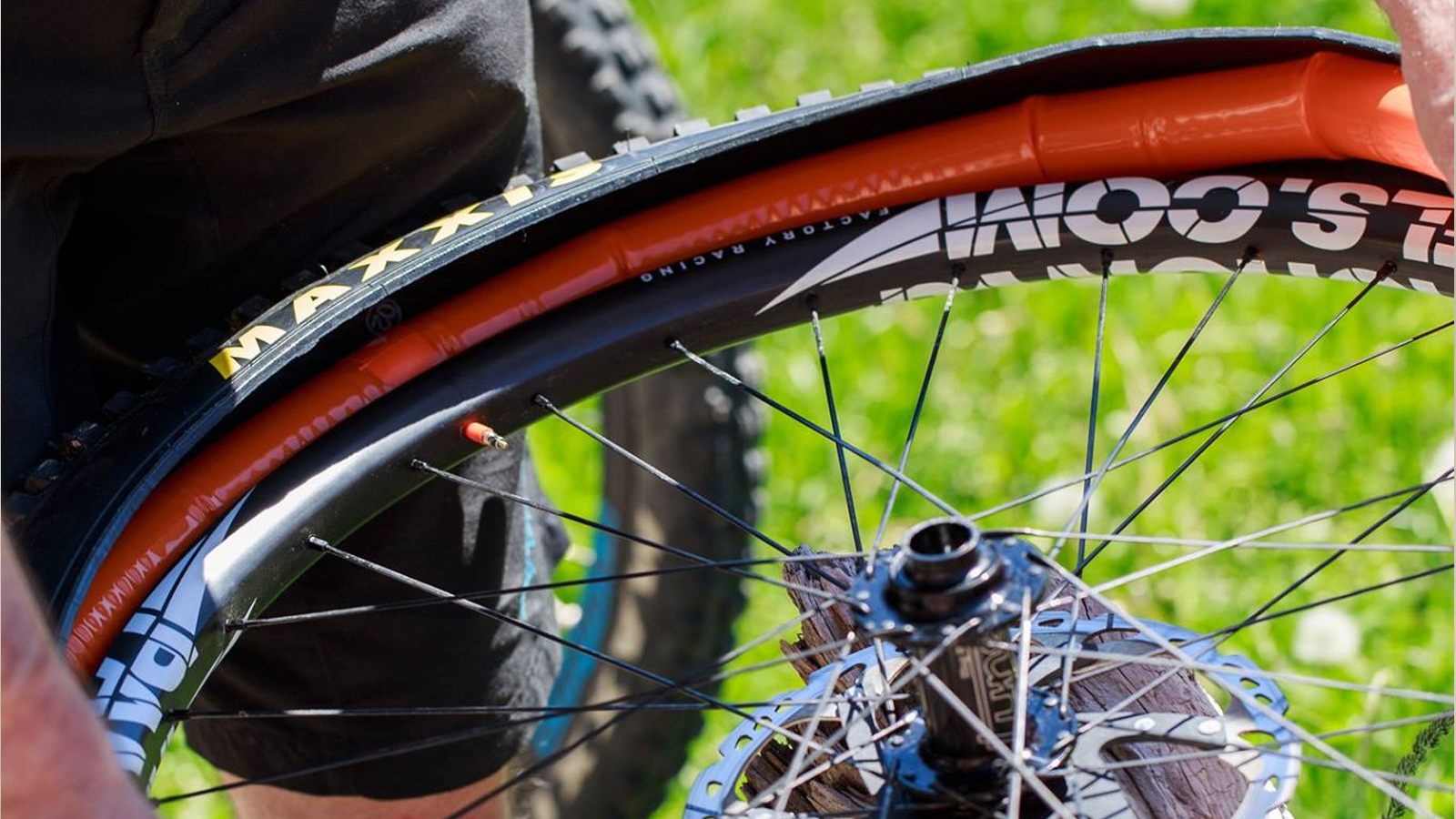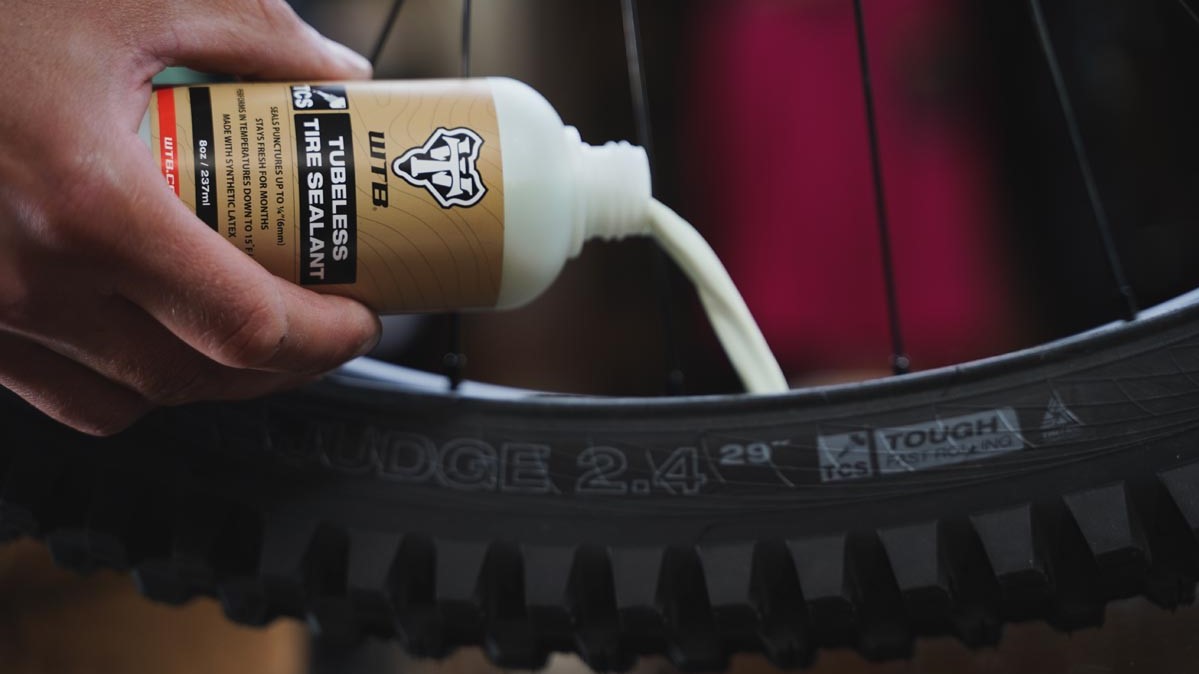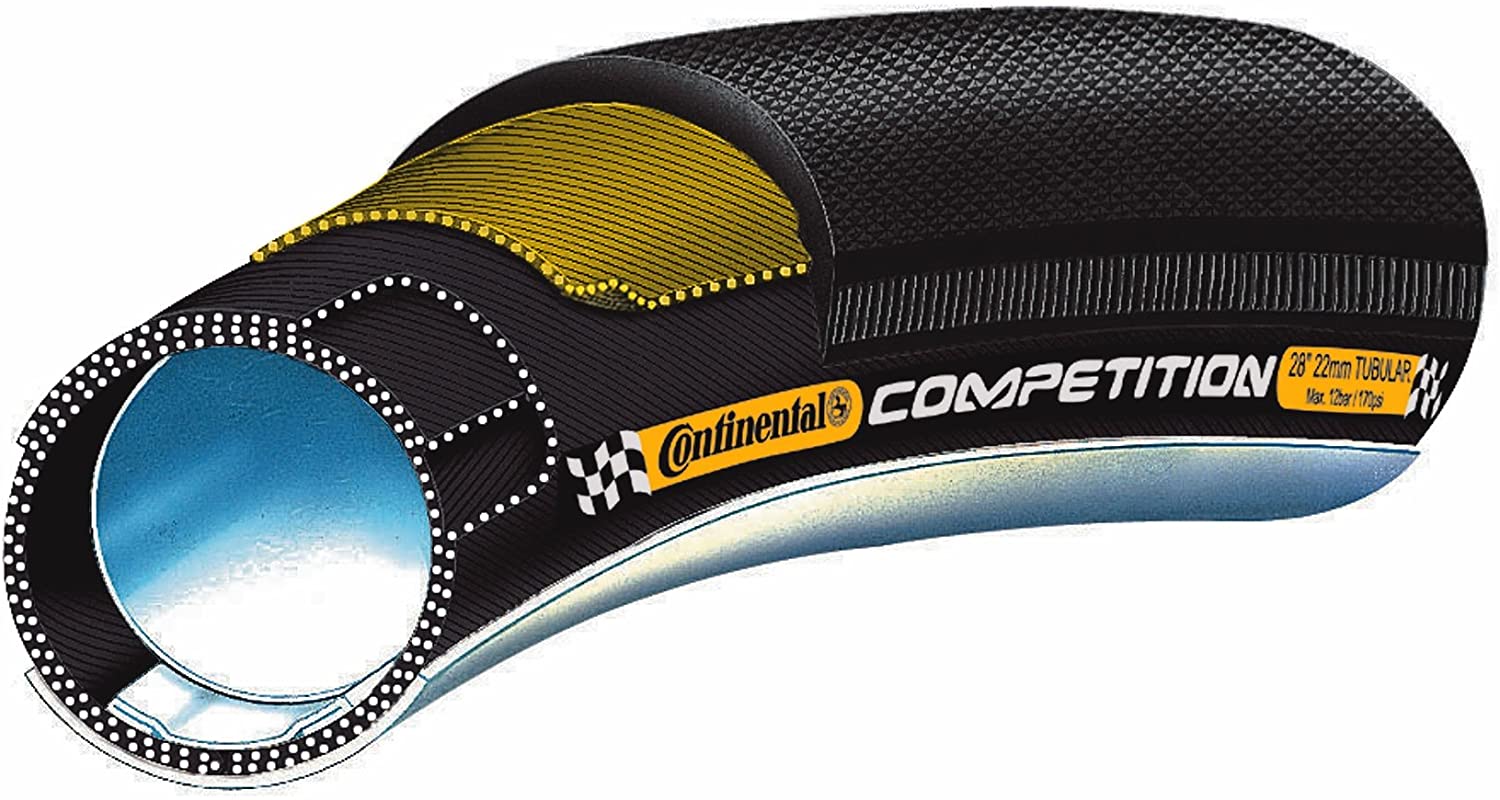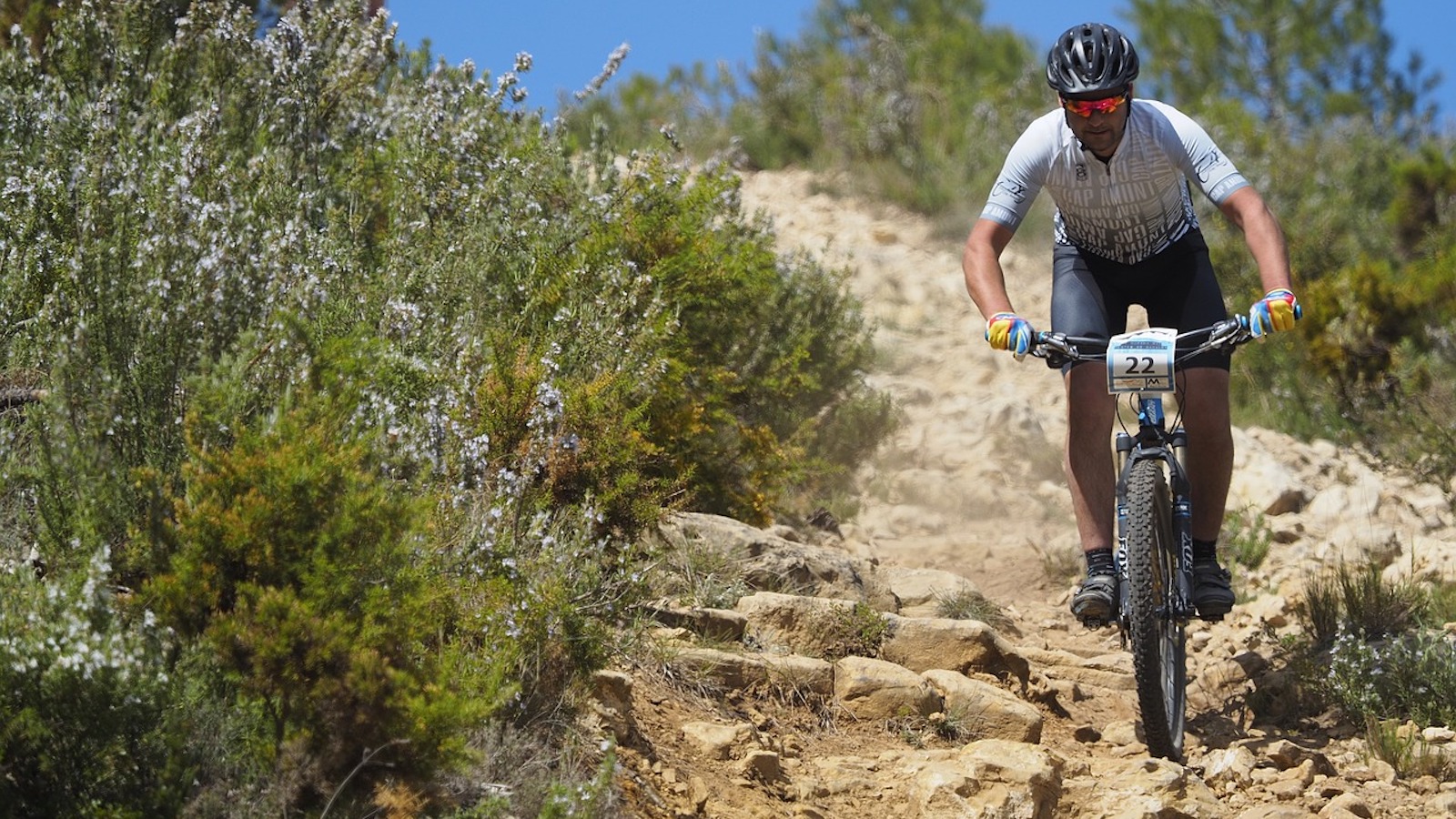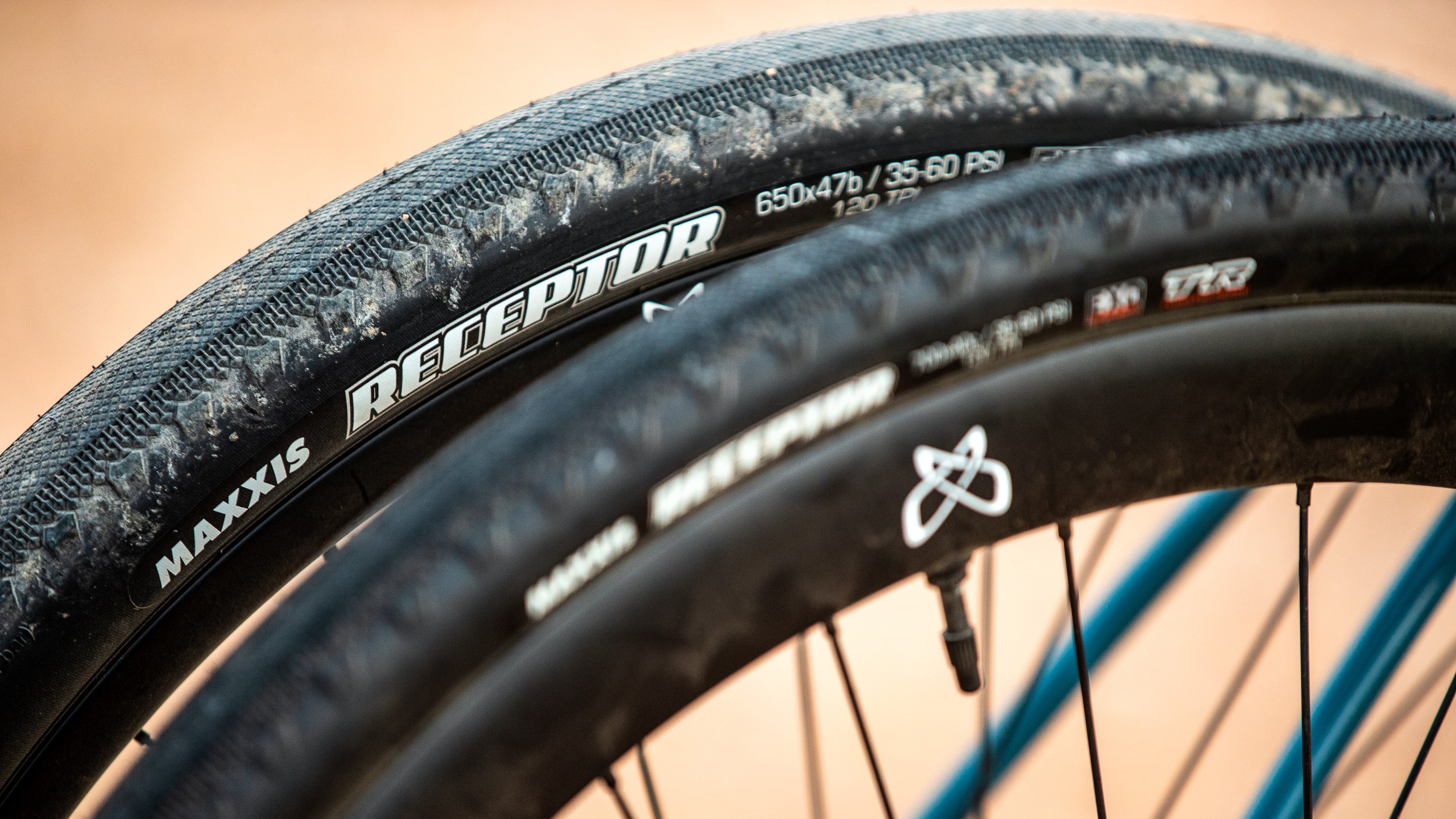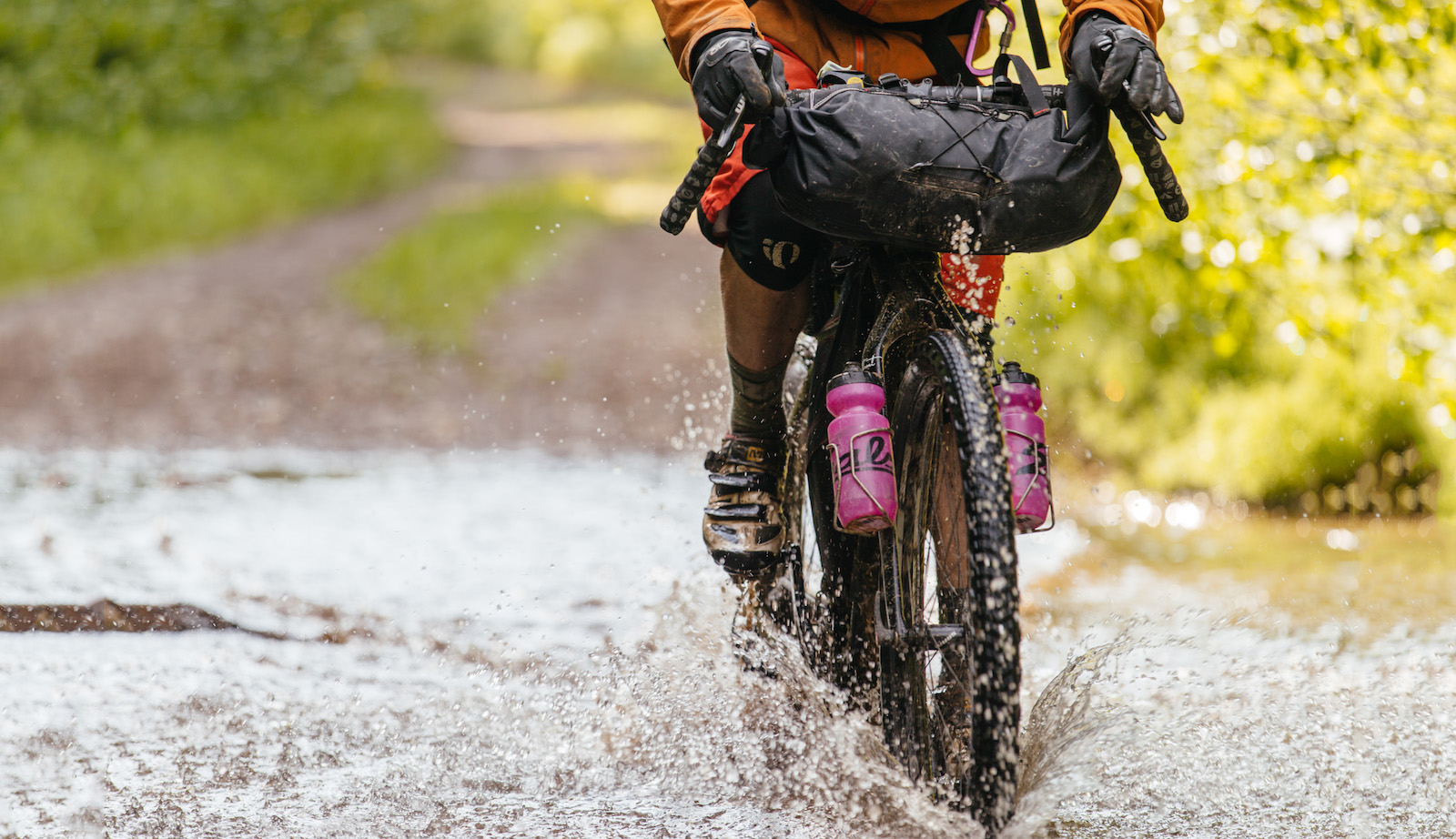Types of bike tires – how to tell them apart and find the type that's best for your bike
Explaining the numerous types of bikes tires from off-road behemoths to lightweight slicks

There used to be a very distinct line between on-road and off-road bike tires. The former used to be skinny, lightweight, and thin, while the latter were heavy, bulky, and knobbly. Nowadays, there are those and everything between, which you can find on gravel bikes, mountain bikes, road bikes, hybrids, and more.
Finding the right bike tire can be simultaneously complicated and simple. Whichever bike you own, if you stick with the stock tires, you’ll have a good set of tires for your bike. These tires will fit and they’ll cover the basics for that bike. But venture outside of that comfort zone – whether it’s for racing, all-weather riding, or off-road exploring – and you’re going to need a better set of tires for the job.
With so many options online and in bike shops everywhere, it can be difficult to narrow it down. But in this guide, we’ll help explain the many types of bike tires from racing tubulars to tubeless mountain bike tires.
How a bike tire works
Before we dive into the many different types of bike tires, it is worth explaining what a bike tire is and how it works. The tire is a bike’s contact point with the ground so the tire goes a long way in determining how a bike feels and handles on all sorts of surfaces.
Tread patterns vary substantially between bike tires, and especially across cycling disciplines. The tread pattern is the rubbery surface on the outside of the bike tire which makes contact with the ground. Tread patterns vary from silky smooth to bumpy and knobbly, and everything in between. We’ll discuss the different tread patterns as we get into the different types of bike tires.
Bike tires are also defined by their diameter and width, with the diameter being the distance between one end of the tire to another, and the width referring the tire’s two outer sidewalls (or overall thickness). Tire width is a hot topic nowadays, with more and more manufacturers and riders opting for wider tires than ever before. There was a long-held belief – which probably had to do with the technology of the time, too – that the wider the tire, the slower it was.
Upgrades in materials and tire technology mean that tires are wider and faster than ever, improving straight-line speed, aerodynamics, rolling resistance, puncture resistance, cornering, and handling, all at the same time. In some circumstances, such as time trialing and track cycling, narrow tires are still preferred as they are super lightweight and fast. You can also run wider tires at lower tire pressures, which increases the contact patch between the tire and the ground, improving handling on loose or wet surfaces.
Keep these points in mind as we run through the different types of bike tires, and how these factors affect the speed and handling of the bike: tread pattern, tire width, bike handling, and puncture resistance.
But before we get into bike tires designed for specific bikes, let’s look at the three main types of bike tires: clincher, tubular, and tubeless.
Clincher tires
A clincher tire is a casing that surrounds the tube which holds air inside the tire. You do not actually pump air into a clincher tire, but rather into the tube which gets inflated between the tire and the wheel’s rim. Clincher tires are the most popular type of bike tire – although tubeless tires are catching up fast – because they offer better puncture resistance and help improve grip and comfort.
Tire performance is also down to the make and material more than it is the type of tire, which means that there are plenty of lightweight and race-ready clinchers available. However, clinchers are prone to pinch flats, which is when you hit a sharp bump in the road and the tube gets pinched between the tire and the sharp edge of the rim.
Tubeless tires
Tubeless tires are quickly becoming one of the most popular tire choices across all styles of bikes from mountain bikes and cyclocross bikes, to road bikes and hybrids. These tires do not have tubes – as the name suggests – and use liquid sealant and extremely tight beads to hold air in the tire and keep it (virtually) glued to the rim. You’ll need tubeless-ready rims, tire sealant, and a floor pump or air compressor to mount tubeless rims, the setup process can sometimes be laborious if you have a difficult rim and tire combination too. Some rims will require the best tubeless rim tape to be fitted, however others will have a sealed rim bed.
But tubeless tires are loved for many reasons, including fantastic puncture resistance and the ability to run at extremely low tire pressures. The latter helps you realize a new level of bike handling with increased grip in the corners on all types of surfaces including gravel, mud, dirt, and wet pavement.
Without a tube, these tires are not at risk for pinch flats, and the sealant acts as a quick and temporary seal for all-but-catastrophic tire punctures. If you happen to run through glass or a small nail on tubeless tires, you might not even notice because the best tubeless tire sealant will fill the hole and maintain tire pressure while you’re still riding.
Tubular tires
Tubular tires are glued to the rim of the wheel, and so there is no tube involved. Instead, the air is held inside the tire itself, which means that the tire is much rounder than a clincher-style. Tubular tires are usually lighter and faster than clincher tires, but they are very hard to service and nearly impossible to change on the side of the road in case of a flat. You’ll also need some glue and careful expertise in order to mount a tubular tire, making them an unappealing choice for beginners and at-home bike mechanics.
Tubulars were a popular choice for racers looking for some marginal gains. They are often lightweight, fast, and grippy in the corners, making them ideal for any type of race from a criterium to a 40k time trial. Tubulars are also more puncture-resistant against pinch flats, specifically, since there is no tube that can get pinched in between the tire and the rim. Recently improvements in tubeless technology have meant that they are now frequently being chosen over tubular in racing scenarios.
Mountain bike tires
Designed for off-road riding, mountain bike tires are wider than most bike tires, and come with knobbly treads ranging from ‘slightly bumpy’ to ‘oh my word, those tires are massive.’ These tire widths are usually described in inches instead of millimeters, beginning at 1.8in and going all the way up to 5in wide.
In order of width, this is the basic range of mountain bike tires: cross-country tires (<2.4in), trail/enduro tires (~2.4in), enduro/downhill tires (>2.5in), plus tires (~3in) and fat bike tires (3.7-5in). Cross-country mountain bikes are the thinnest as they are focused on speed and weight while downhill bikes prioritize grip and durability.
Most of the best mountain bike tires are tubeless, which makes them more puncture-resistant than clinchers. Mountain bike tires also have thicker treads than road bike and gravel bike tires, which helps them maintain grip on bumpy, slippery, and variable surfaces. A typical mountain bike trail could include everything from rocks and roots to mud and sand, so mountain bike tires are designed for exactly that. The thick treads and wide widths are not meant for straight-line speed, which also means that mountain bike tires are very slow on tarmac.
Moreover, mountain bike tires are sometimes made with thicker and more durable materials, which makes them heavier than road bike tires, but also more protected against punctures. Lastly, it is common for mountain bike tires to have a different design between their front and rear tires, with more or less tread on the front/rear tire depending on the type of mountain bike. For example, a tread designed for changing direction on the front and a blocky tread at the rear for better grip when accelerating and braking in a straight line.
Gravel tires
The best gravel bike tires fall somewhere in between road tires and mountain bike tires. The nature of gravel is exploration, and so you’ll want a tire that isn’t compromised by rough and bumpy roads, but also one that is fast and comfortable for long days in the saddle. Thus, we see gravel tires borrow from both the on-road and off-road worlds, with a mix of treads, widths, and designs that might make your head spin.
Gravel tires range from 28-50mm wide (you read that right, it’s a huge range), and by the time this article comes out, there will likely be 20 new gravel tires on the market. Their styles range from road-like slicks to mountain bike-esque, and many gravel riders change their tires multiple times throughout the year.
Some of the most popular gravel tires have a multi-faceted tread pattern that is near-slick in the middle and knobbly on the sides. This means that the tire is fast in a straight line (smooth middle tread), but also grippy in rough corners (knobbly sidewalls). Gravel tires are almost always tubeless, which makes them puncture-resistant and able to be ridden at low pressures.
Road bike tires
Road bike tires are designed for speed. They are narrow and smooth, with relatively small contact patches and run at high tire pressures. The smooth tread is fast in a straight line, and the fastest of all bike tire treads on smooth tarmac. Ranging from 18-23mm tire width for racing, and 25-28mm for training, road bike tires are significantly narrower than off-road bike tires.
From a few feet away, it looks like road bike tires have no tread; but a closer inspection will reveal small grooves and indentations around the tire which increase grip in corners and in wet conditions. Being lightweight and performance-driven, road bike tires are not as puncture-resistant as bigger and thicker bike tires.
Other types of bike tires
We covered the range of typical bike tires above, but there are many other niche types of bike tires. For example, commuter bikes will often have tires that are similar to road tires, but are a bit thicker and wider. This helps increase comfort and puncture resistance, while still maintaining speed on the way to work.
The best bikepacking tires are often narrower versions of mountain bike tires, which help maintain similar levels of grip without being quite as slow and heavy.
Lastly, we have studded tires which are a popular safety choice for winter cycling. Studded tires have steel or aluminum studs on the thick knobs around their tire tread. These metal studs are quite slow, but they help increase traction on icy surfaces.
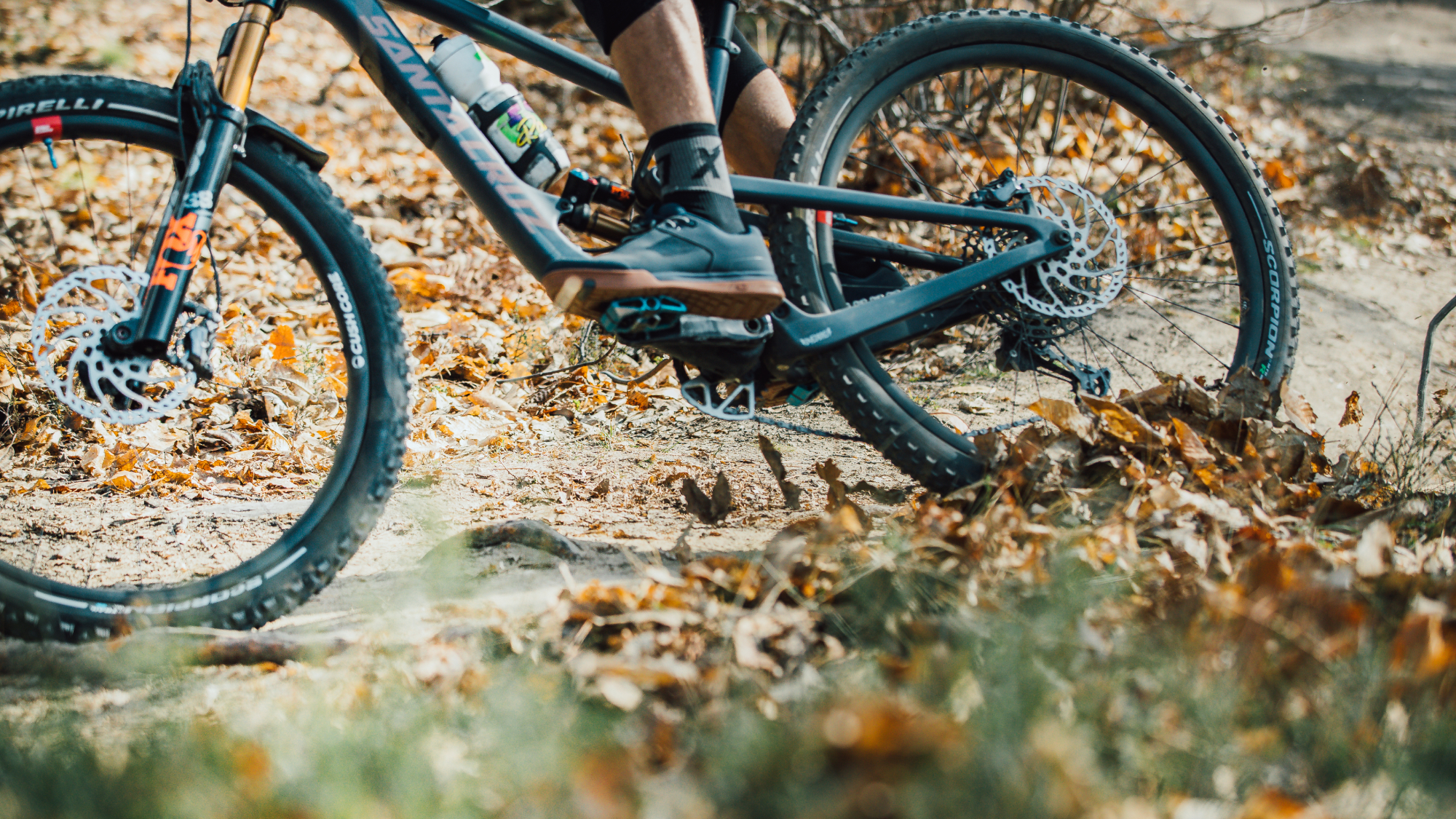
How to choose
The biggest part of choosing bike tires is determining what bike you want to ride and where. The destination is often in the name itself – if you’re riding on the road, choose a road bike with a road tire. Riding on gravel? Pick a gravel bike with a gravel tire. Mountain biking? You know the answer to this.
Once you know where you want to ride, it’s time to decide what kind of tire you’ll need: clincher, tubular, or tubeless. Clinchers are great for easy maintenance and daily training, while tubulars are good for road and cyclocross racing. Tubeless tires have exploded in popularity because they are versatile, comfortable, and puncture-resistant, while also maintaining race-ready qualities.
For most riders, tubeless tires are the best all-round option. Tubular tires are only worth considering for on-road racing goals, while clinchers are the easiest and most affordable option for general riding.
In addition to elite-level road, track and Zwift racing, Zach Nehr is a freelance writer and the head of ZNehr Coaching. He contributes written articles on a variety of cycling-related subjects, including product reviews and advertorials, as well as feature articles and power analyses. With a Bachelor’s Degree in Exercise Science from Marian University-Indianapolis, Zach spends his time working with endurance athletes of all ages and levels at ZNehr Coaching. Having entered the sport at age 17, Zach has had a successful racing career, winning the 2017 Collegiate National Time Trial Championships and a 9th place finish at the 2019 US Pro National Time Trial Championships. These days, Zach spends most of his ride time indoors, racing on RGT Cycling and competing in the Zwift Premier League with NeXT eSport.
